View all Standards for Florida Sunshine State Standards
TH.912.C.1.5 Make and defend conscious choices in the creation of a character that will fulfill anticipated audience response.
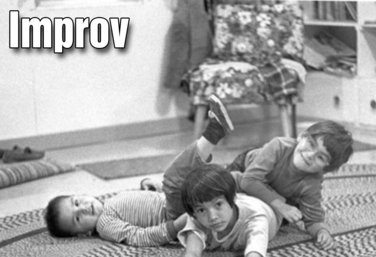
Improv
by Anna Porter
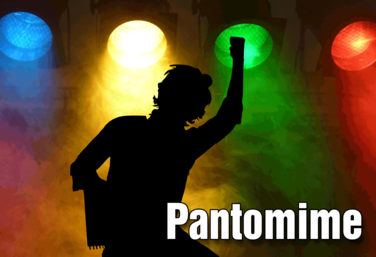
Pantomime
by Angel Borths

Part of the Drama One Curriculum
What is Theatre?
by Karen Loftus

Part of the Drama One Curriculum
Pantomime
by Karen Loftus
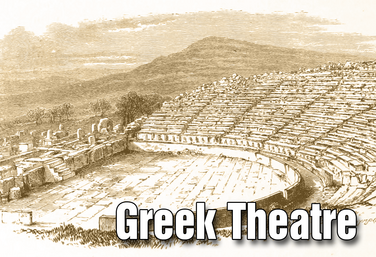
Part of the Drama One Curriculum
Ancient Greek Theatre
by Karen Loftus
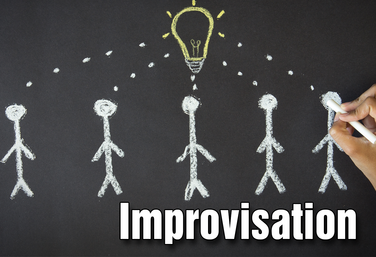
Part of the Drama One Curriculum
Improvisation
by Karen Loftus

Part of the Drama One Curriculum
Commedia Dell'Arte
by Karen Loftus
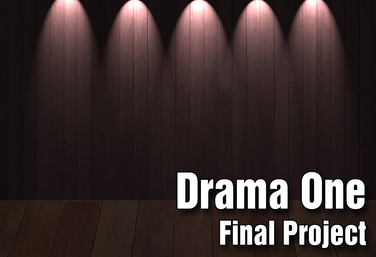
Part of the Drama One Curriculum
Drama One Final Project
by Karen Loftus
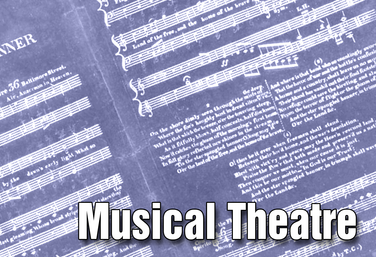
Musical Theatre
by Anna Porter
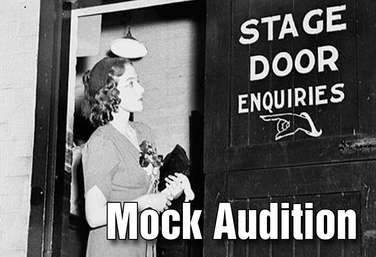
Mock Audition
by Lindsay Price
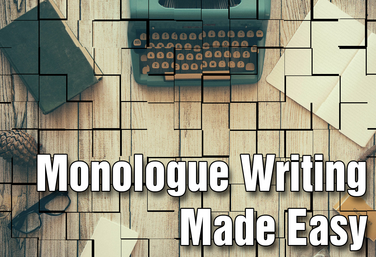
Monologue Writing Made Easy
by Matthew Banaszynski
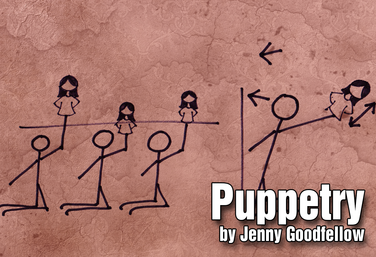
Puppetry
by Jenny Goodfellow
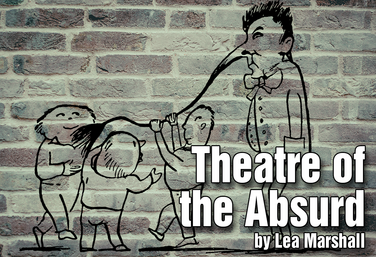
Theatre of the Absurd
by Lea Marshall
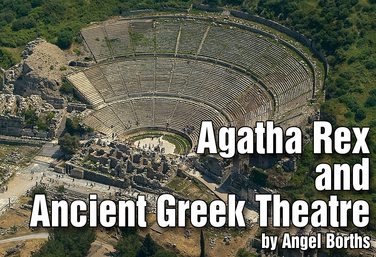
Agatha Rex and Ancient Greek Theatre
by Angel Borths
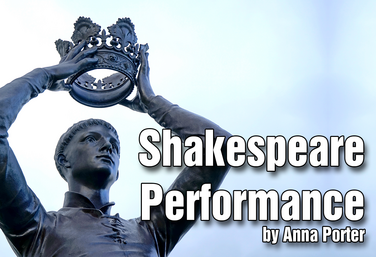
Shakespeare Performance
by Anna Porter
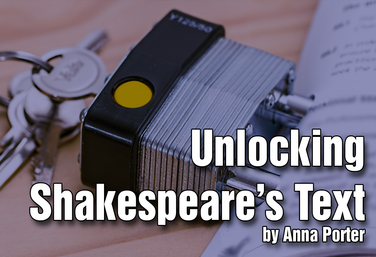
Unlocking Shakespeare's Text
by Anna Porter

Pantomime
by Anna Porter
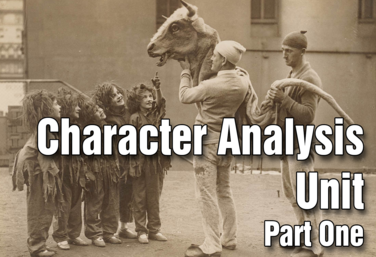
Part of the Drama Two Curriculum
Character Analysis - Part 1
by Matt Webster
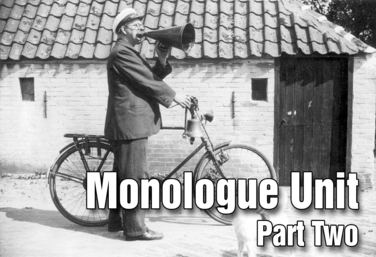
Part of the Drama Two Curriculum
Monologues - Part 2
by Matt Webster
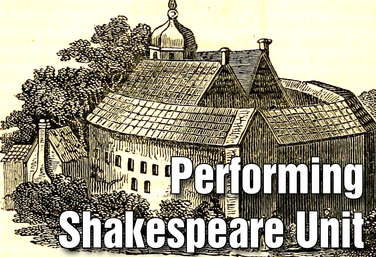
Part of the Drama Two Curriculum
Performing Shakespeare
by Matt Webster
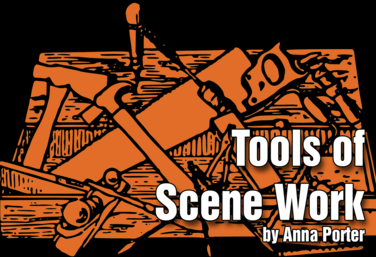
Tools of Scene Work
by Anna Porter
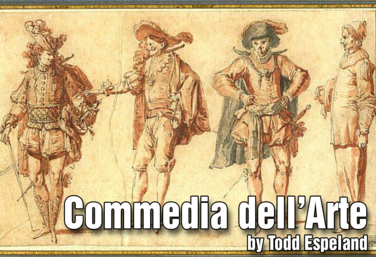
Commedia dell'Arte
by Todd Espeland
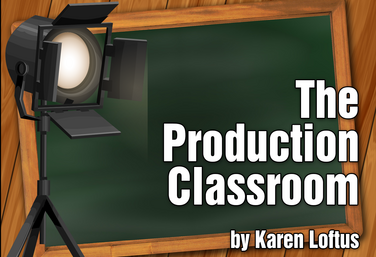
Part of the Production Classroom Units Curriculum
Production Classroom Units Overview
by Karen Loftus

Part of the Production Classroom Units Curriculum
Part One - Pre-Production
by Karen Loftus

Part of the Production Classroom Units Curriculum
Part Two - Rehearsal and Performance
by Karen Loftus

Part of the Production Classroom Units Curriculum
Part Two - Documents
by Karen Loftus

Part of the Production Classroom Units Curriculum
Part Three - Reflection and Assessment
by Karen Loftus
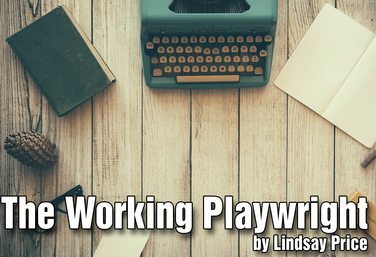
The Working Playwright *Hyperdoc
by Lindsay Price
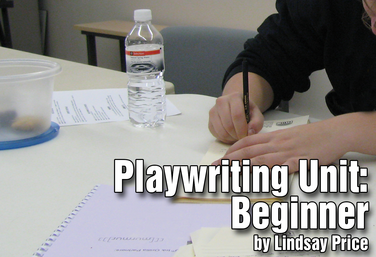
Playwriting Unit: Beginner
by Lindsay Price
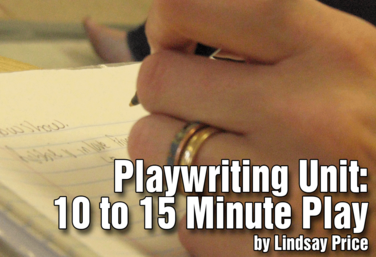
Playwriting Unit: 10 to 15 Minute Play
by Lindsay Price
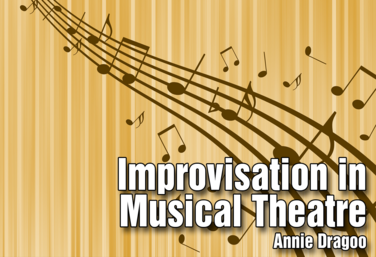
Improvisation in Musical Theatre
by Annie Dragoo

Copyright *Hyperdoc
by Lindsay Price
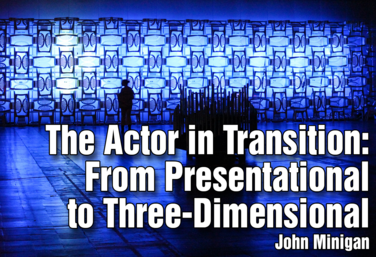
The Actor in Transition: From Presentational to Three-Dimensional
by John Minigan
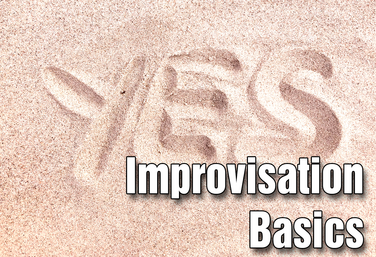
Part of the Middle School Curriculum
Unit Two: Improvisation Basics
by Lindsay Johnson
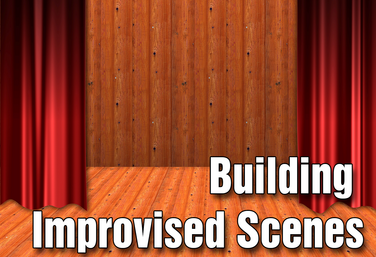
Part of the Middle School Curriculum
Unit Three: Building Improvised Scenes
by Lindsay Johnson
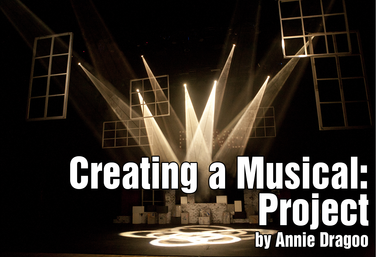
Creating a Musical: Project
by Annie Dragoo
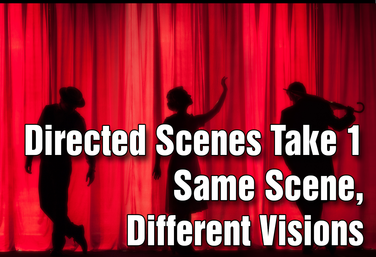
Part of the Middle School Curriculum
Unit Six: Directed Scenes Take 1: Same Scene, Different Visions
by Lindsay Johnson
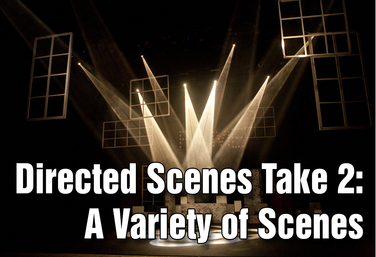
Part of the Middle School Curriculum
Unit Seven: Directed Scenes Take 2: A Variety of Scenes
by Lindsay Johnson
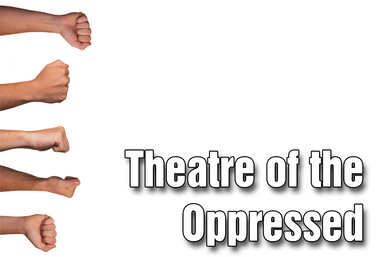
Part of the Middle School Curriculum
Unit Eight: Theatre of the Oppressed
by Lindsay Johnson
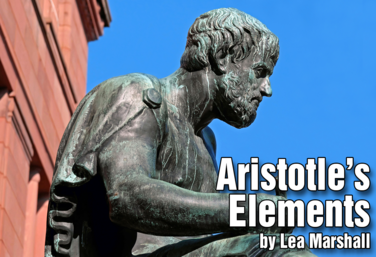
Aristotle's Elements
by Lea Marshall
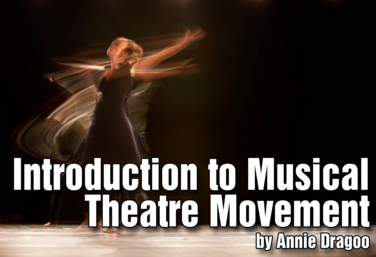
Introduction to Musical Theatre: Movement
by Annie Dragoo

Part of the Distance Learning Curriculum
What is Theatre?
by Lindsay Price and Karen Loftus
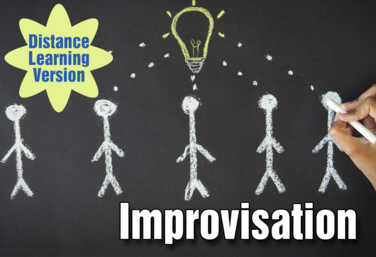
Part of the Distance Learning Curriculum
Improvisation
by Lindsay Price and Karen Loftus

Part of the Distance Learning Curriculum
Pantomime
by Lindsay Price and Karen Loftus
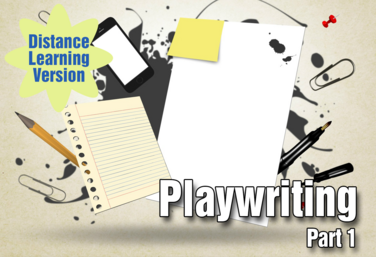
Part of the Distance Learning Curriculum
Playwriting: Part 1
by Lindsay Price
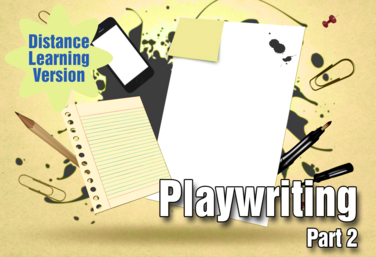
Part of the Distance Learning Curriculum
Playwriting: Part 2
by Lindsay Price
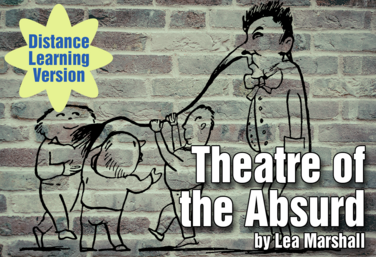.png)
Part of the Distance Learning Curriculum
Theatre of the Absurd
by Lea Marshall

Part of the Distance Learning Curriculum
Mock Audition
by Lindsay Price
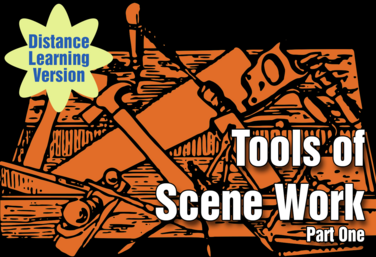
Part of the Distance Learning Curriculum
Scene Work: Part 1, Tools of Scene Work
by Lindsay Price
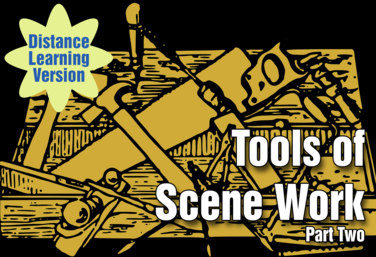
Part of the Distance Learning Curriculum
Scene Work: Part 2, Student Self Staging
by Lindsay Price
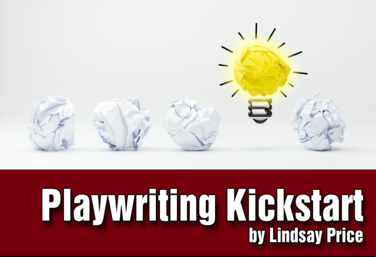
Playwriting Kickstart: Multi platform
by Lindsay Price
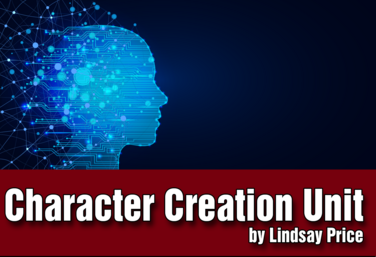
Character Creation: Superhero Series: Multi platform
by Lindsay Price and Kerry Hishon
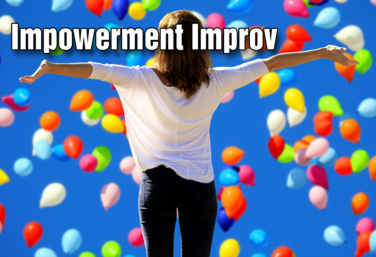
Impowerment Improv
by Jennine Profeta

Decolonizing Monologues
by Nicholas Pappas

Perspective Taking
by Lindsay Price
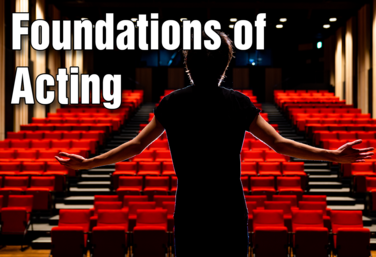
Foundations of Acting
by Annie Dragoo
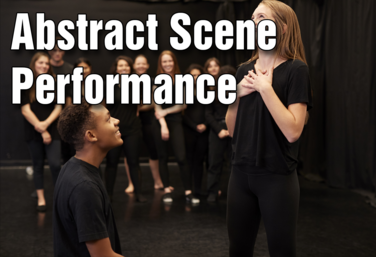
Abstract Scene Performance
by Annie Dragoo
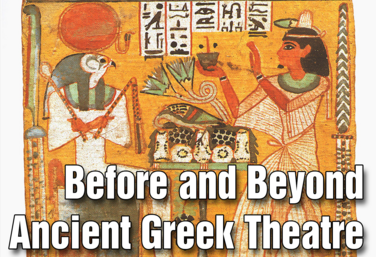
Part of the Theatre History Curriculum
Unit 1: Before and Beyond Ancient Greek Theatre
by Drama Teacher Academy
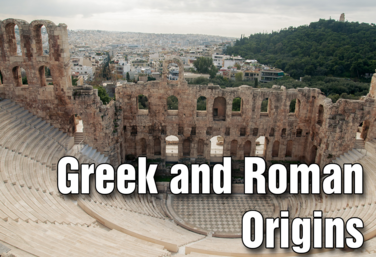
Part of the Theatre History Curriculum
Unit 2: Greek & Roman Origins
by Drama Teacher Academy
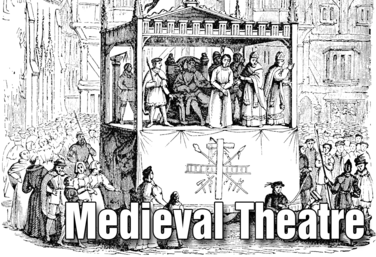
Part of the Theatre History Curriculum
Unit 3: Medieval Theatre
by Drama Teacher Academy
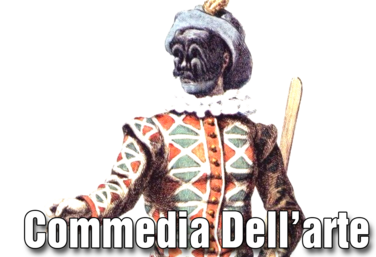
Part of the Theatre History Curriculum
Unit 4: Commedia Dell'Arte
by Drama Teacher Academy
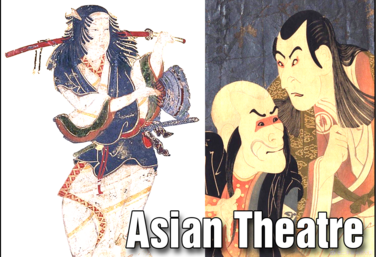
Part of the Theatre History Curriculum
Unit 5: Asian Theatre
by Drama Teacher Academy
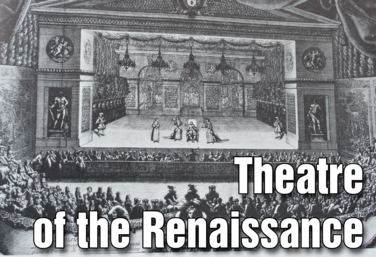
Part of the Theatre History Curriculum
Unit 6: Theatre of the Renaissance
by Drama Teacher Academy
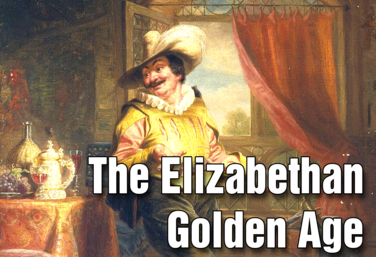
Part of the Theatre History Curriculum
Unit 7: The Elizabethan Golden Age
by Drama Teacher Academy
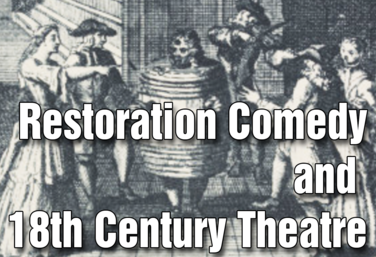
Part of the Theatre History Curriculum
Unit 8: Restoration Comedy & 18th Century Theatre
by Drama Teacher Academy
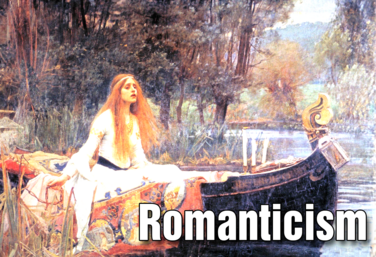
Part of the Theatre History Curriculum
Unit 9: Romanticism
by Drama Teacher Academy
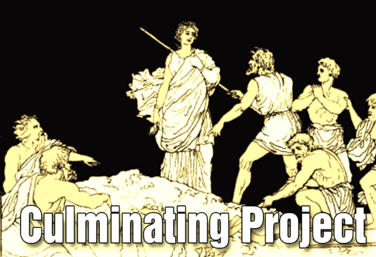
Part of the Theatre History Curriculum
Culminating Project
by Drama Teacher Academy
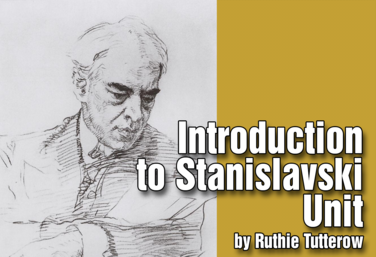
Introduction to Stanislavski
by Drama Teacher Academy
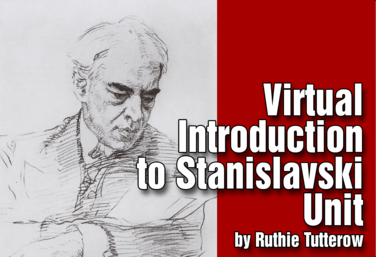
Virtual Introduction to Stanislavski
by Drama Teacher Academy
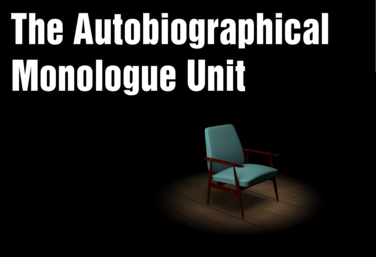
The Autobiographical Monologue
by Gai Jones
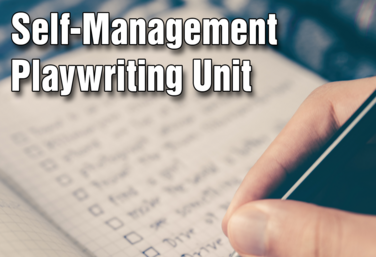
Self-Management Playwriting
by Lindsay Price
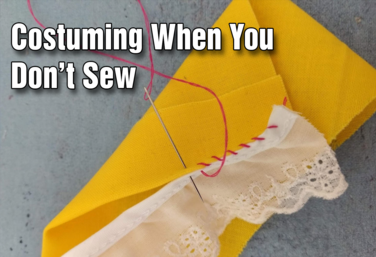
Tech Theatre Unit: Costuming When You Don't Sew
by Drama Teacher Academy
.png)
Realism and Naturalism
by Drama Teacher Academy
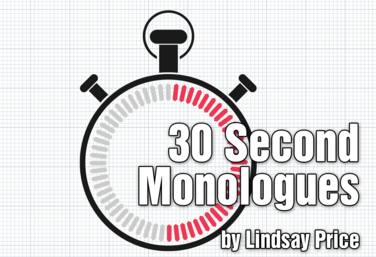
30 Second Monologues
by Lindsay Price
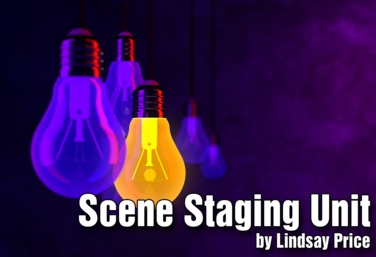
Scene Staging
by Lindsay Price
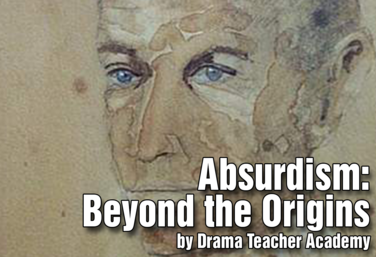
Absurdism: Beyond the Origins
by Drama Teacher Academy
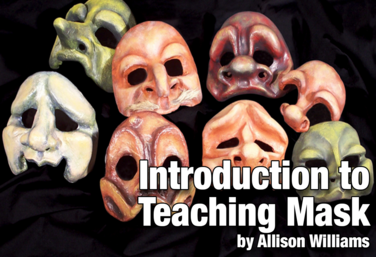
Introduction to Mask
by Allison Williams

Spoken Word Poetry
by Quincy Young
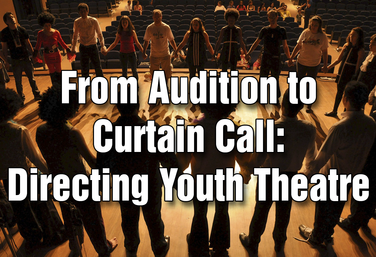
From Audition to Curtain Call: Directing Youth Theatre
by Steven Stack
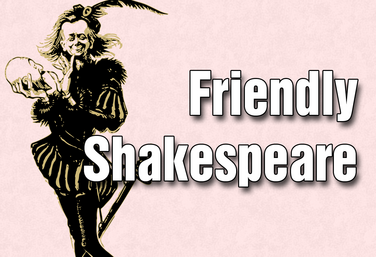
Friendly Shakespeare
by Todd Espeland
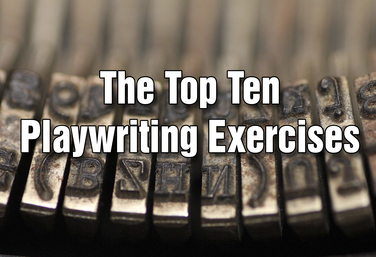
The Top Ten Playwriting Exercises
by Lindsay Price
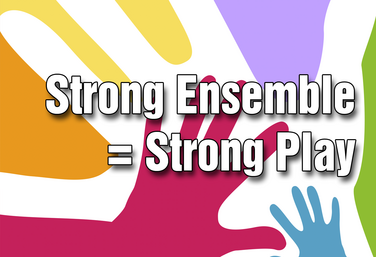
Strong Ensemble = Strong Play
by Craig Mason
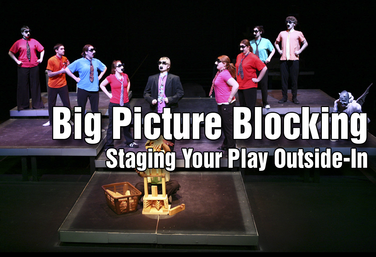
Big Picture Blocking: Staging Your Play Outside-In
by Todd Espeland
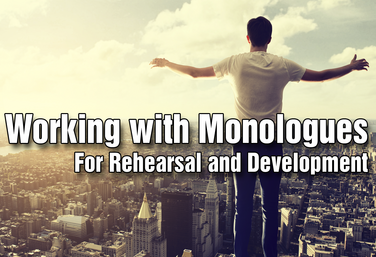
Working With Monologues For Rehearsal And Development
by Gai Jones

The Do-it-All Director's Introduction to Costuming
by Holly Beardsley
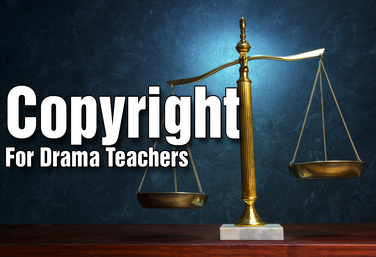
Copyright for Drama Teachers
by Craig Mason
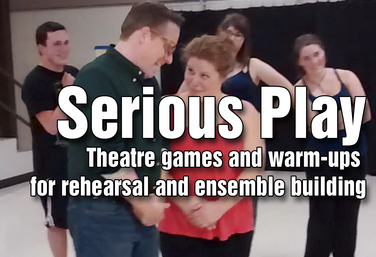
Serious Play: Theatre Games and Warmups for Rehearsal and Ensemble Building
by Todd Espeland
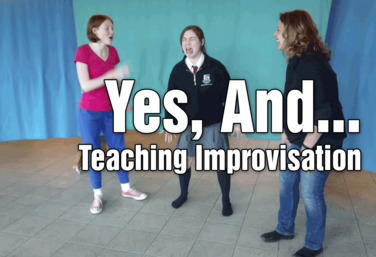
Yes, And... How to Teach Improv
by Jennine Profeta
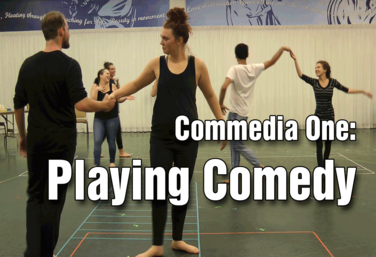
Commedia I: Playing Comedy
by Todd Espeland
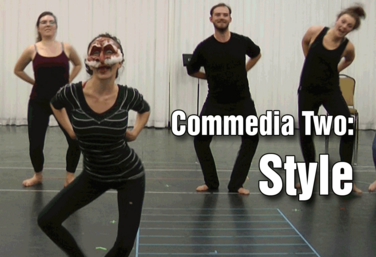
Commedia II: Style
by Todd Espeland
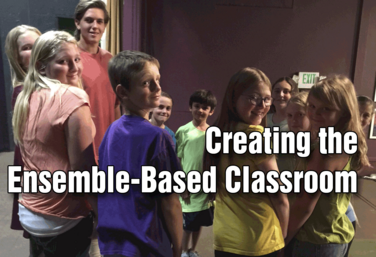
Creating the Ensemble-Based Classroom
by Gai Jones
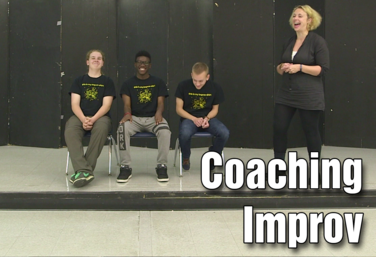
Coaching Improv
by Jennine Profeta

The Production Classroom
by Karen Loftus
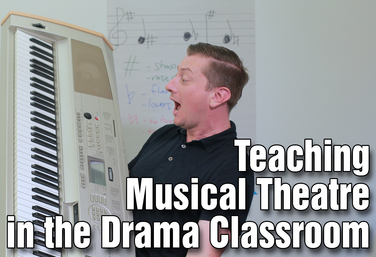
Teaching Musical Theatre in the Drama Classroom
by Colin Oliver
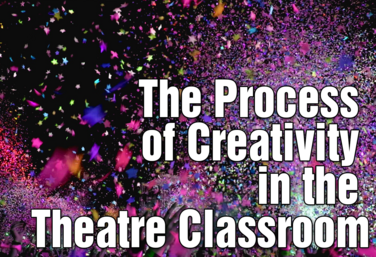
The Process of Creativity in the Theatre Classroom
by Gai Jones
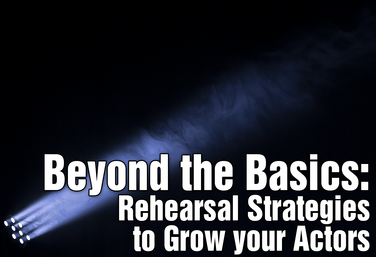
Beyond the Basics: Rehearsal Strategies to Grow Your Actors
by Julie Hartley
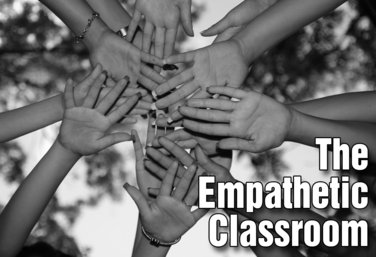
The Empathetic Classroom
by Steven Stack

Director's Toolbox 1: Teaching Students to Direct
by James Van Leishout
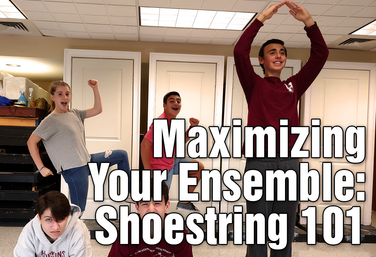
Maximizing Your Ensemble: Shoestring 101
by Michael Calderone
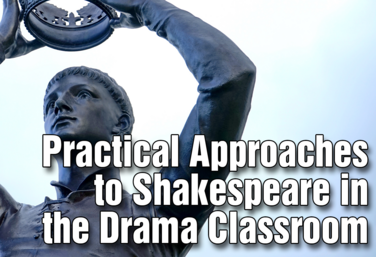
Practical Approaches to Shakespeare in the Drama Classroom
by Julie Hartley
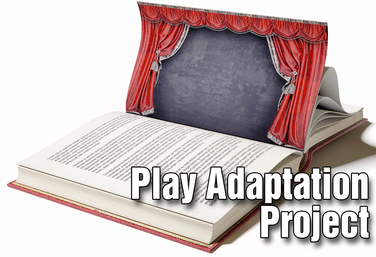
Play Adaptation Project
by Lindsay Price
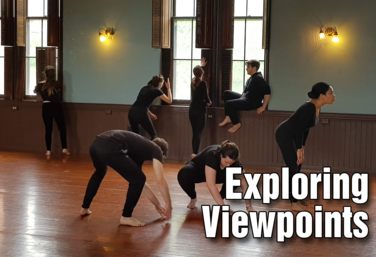
Exploring Viewpoints
by Erin Carr
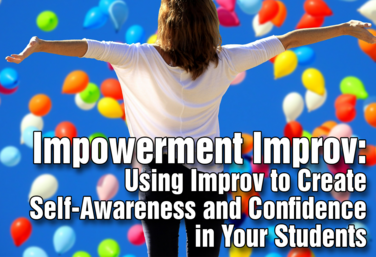
Impowerment Improv
by Jennine Profeta
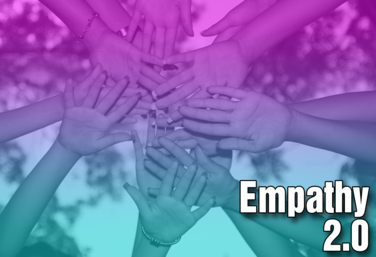
Empathy 2.0
by Steven Stack
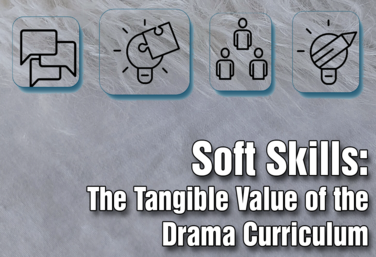
Soft Skills, The Tangible Value of the Drama Curriculum
by Matt Webster
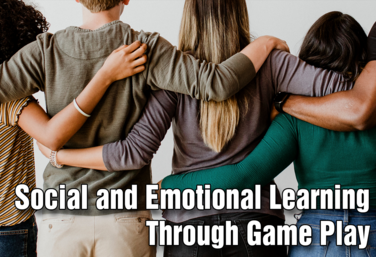
Social Emotional Learning through Game Play
by Matt Webster
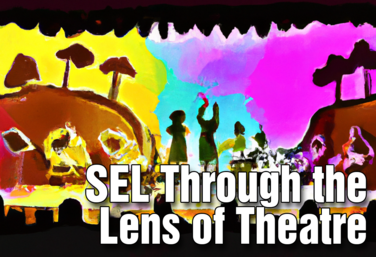
SEL Through the Lens of Theatre
by Christa Vogt
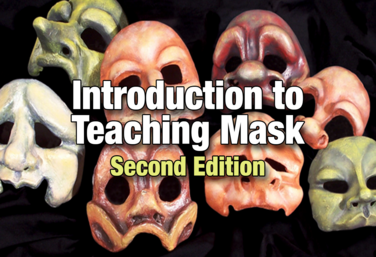
Introduction to Teaching Mask: 2nd Edition
by Allison Williams
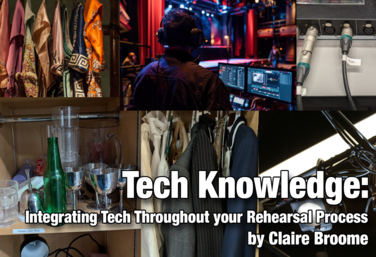
Tech Knowledge: Integrating Tech Throughout Your Rehearsal Process
by Claire Broome
View all Standards for Florida Sunshine State Standards Standards Master List